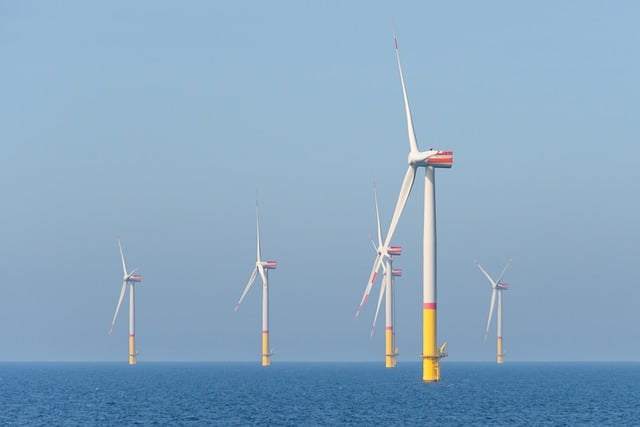In today’s fast-paced world, where environmental challenges seem to multiply with each passing day, the need for a renewed approach to waste reduction and sustainable development is more urgent than ever. As we strive for carbon neutrality, it’s essential to recognize how green technologies can pave the way for a cleaner, more sustainable future.
Sustainable development isn’t just a buzzword; it’s a commitment to creating a balance between our needs and the health of our planet. By embracing sustainable practices, we can significantly reduce our ecological footprint, which has become a critical measure of our impact on the environment. In simplest terms, our ecological footprint represents the amount of natural resources we consume, and it’s high time we make a conscious effort to lessen that impact.
One of the most promising avenues for achieving sustainability lies in the application of green technologies. These innovations are designed not only to enhance efficiency and reduce costs but also to minimize waste. Technologies such as solar panels, wind turbines, and biodegradable materials are revolutionizing the way we approach energy consumption and production. By harnessing the power of renewables, we can significantly decrease the amount of waste generated during traditional energy production processes.
For instance, consider the lifecycle of a solar panel. Unlike fossil fuels, which emit harmful pollutants and contribute to the accumulation of waste, solar energy harnesses the sun’s natural power, providing clean energy with far fewer harmful byproducts. This shift not only aids in reducing our carbon emissions but also contributes to the overall goal of carbon neutrality—reducing the greenhouse gases we release into the atmosphere to balance out those that remain.
Moreover, companies and individuals alike can adopt green technologies that support important practices like recycling and waste diversion. For example, smart waste management systems utilize data and sensor technologies to optimize collection routes and reduce unnecessary transportation, ultimately leading to less waste and a decrease in fuel consumption. Such adjustments help communities become more efficient and environmentally friendly.
The journey towards carbon neutrality is undoubtedly challenging, but each step we take towards waste reduction and sustainable practices makes a difference. By fully embracing green technologies, we not only diminish our ecological footprint but also foster a more sustainable world for future generations. These innovations offer hope and a tangible path forward in our fight against climate change.
In embracing this renewed approach, we stand on the precipice of a brighter, more sustainable future—one where waste reduction is not merely a concept, but a way of life. The collective effort to turn the tide towards carbon neutrality is vital, and every individual, business, and government plays a crucial role in this transformative journey.




